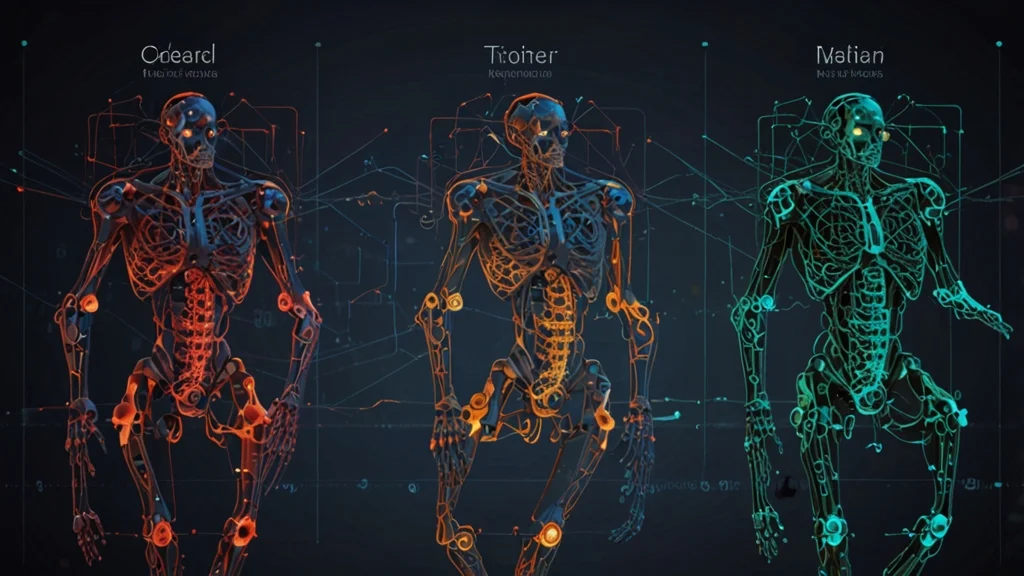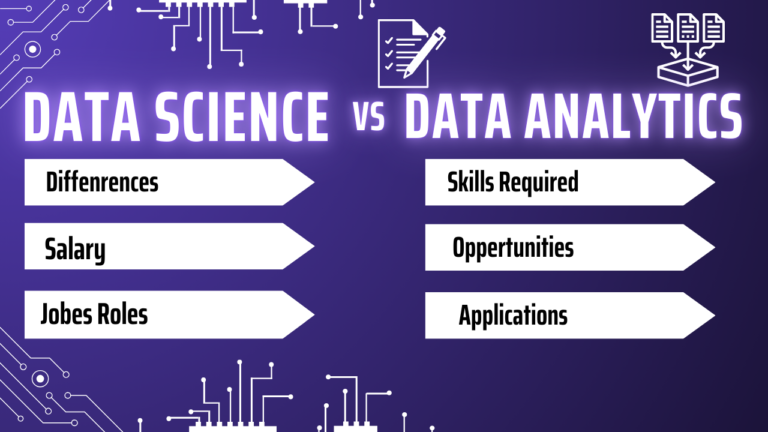AI doesn’t always come cheap—until now. Researchers have shocked the industry by developing an affordable AI model that rivals OpenAI’s o1 yet costs less than $50 to build. This breakthrough isn’t just about saving money—it could change the future of AI development, making powerful models accessible to more people.
How did they pull this off, and why does it matter? Let’s dive in.
Understanding OpenAI’s o1 and the Importance of Reasoning Models
To appreciate this breakthrough, let’s first look at OpenAI’s o1 reasoning model and why it’s so important.
OpenAI’s o1 is designed for high-level reasoning tasks, such as:
- Strategic decision-making (like in business and finance).
- Logical computations (solving complex problems step by step).
- AI-driven problem-solving (helping systems think like humans).
These models power key AI applications, from self-driving cars to automated trading systems to AI-driven gaming strategies. They help machines analyze, conclude, and act intelligently—in seconds.
But there’s a problem. Developing models like o1 requires massive resources—expert talent, computational power, and significant funding. That’s why only AI giants like OpenAI typically create them.
Until now.
This new affordable AI model changes the game, proving that high-performance AI doesn’t have to come with a massive price tag.
Read more : Deepfake Technology: AI-Generated Media, Security Risks, and Ethical Challenges

The New Open-Source Model: Who Built It and Why?
A team of independent AI researchers and startup innovators collaborated to build a model that could challenge o1—without requiring a fortune. Their mission? To prove that cutting-edge AI can be built affordably and shared openly.
Key Features of the Model
- ✅ Efficient, Streamlined Architecture: Uses lightweight components for high performance at low cost.
- ✅ Competitive Reasoning Capabilities: Early benchmarks show it performs well on logic-based tasks.
- ✅ Ultra-Low Development Cost: Built for under $50, compared to traditional AI models costing millions.
Imagine having access to a model that can solve complex computational problems—without a budget that rivals a Silicon Valley R&D lab.
How Does It Compare to OpenAI’s o1?
This isn’t just a “cheap” AI model—it’s actually competitive in performance. Here’s a side-by-side look:
| Feature | OpenAI o1 | New Open-Source Model |
|---|---|---|
| Development Cost | 100$ (millions) | <$50 |
| Reasoning Power | Advanced | Comparable |
| Accessibility | Proprietary | Fully open-source |
By removing cost and licensing barriers, this model is changing who can innovate with AI.
Read more : The Future of Remote Work in 2025: Trends, Challenges, and Innovations

How They Built It for Less Than $50
Creating an AI reasoning model for under $50 is an insane challenge—but they pulled it off. Here’s how:
Development Strategies
- Leveraging Open-Source Frameworks: Instead of building everything from scratch, they used existing AI libraries and optimized them.
- Smarter Data Usage: Instead of using huge, expensive datasets, they trained the model on smaller, highly focused datasets.
- Community-Driven Innovation: Contributions from the open-source AI community helped refine, test, and improve the model.
Challenges They Faced
Building a low-cost, high-performance AI wasn’t easy. The team had to overcome:
- Balancing affordability with accuracy.
- Competing with AI giants despite limited resources.
- Ensuring broad usability across different applications.
Innovations That Made It Possible
🚀 Simplified Model Design
- Instead of relying on expensive AI components, they engineered leaner, smarter algorithms.
🚀 Self-Supervised Learning
- The model trained itself more efficiently, reducing the need for expensive labeled data.
These innovations slashed costs without compromising performance.

Why This Matters for AI’s Future
This isn’t just a cool AI experiment. It’s a sign of what’s coming next.
1. AI for Everyone
For too long, only big tech companies could afford cutting-edge AI. Now, independent developers, startups, and researchers can compete without spending millions.
Think about it:
- Small businesses can integrate advanced AI without massive budgets.
- Startups can develop AI-powered apps without venture capital funding.
- Researchers can explore AI solutions without expensive hardware.
This is a major step toward making AI more inclusive.
2. A Catalyst for Open-Source AI Innovation
By open-sourcing the model, the researchers invite global collaboration. Developers can:
- Improve the model’s capabilities.
- Customize it for different industries.
- Create entirely new AI-powered tools.
Open-source AI drives innovation faster than proprietary models locked behind paywalls.
3. Pushing AI Giants to Innovate Smarter
Affordable, high-performance alternatives like this force big players to step up.
- OpenAI, Google, and Meta will need to make AI more accessible.
- Competition will lead to better, cheaper AI solutions for everyone.
This shift is great news for developers, businesses, and consumers alike.
Affordable AI Isn’t the Future—It’s Here
For years, AI was an exclusive tool for tech giants. But this breakthrough proves otherwise.
A competitive, open-source reasoning model built for under $50 shows that creativity, collaboration, and smart engineering can rival even the most expensive AI projects.
Now, the AI world is at a turning point. With more accessible tools, the next wave of affordable AI models won’t come from just billion-dollar companies—it will come from anyone with the skills and vision to build.
What’s Next?
This is just the beginning. The question is:
💡 How will you use this new AI model?
Whether you’re an AI developer, startup founder, or researcher, now’s the time to experiment, innovate, and help shape the future of AI—on an open, accessible stage.
The AI revolution just got a lot more affordable Ai model.




